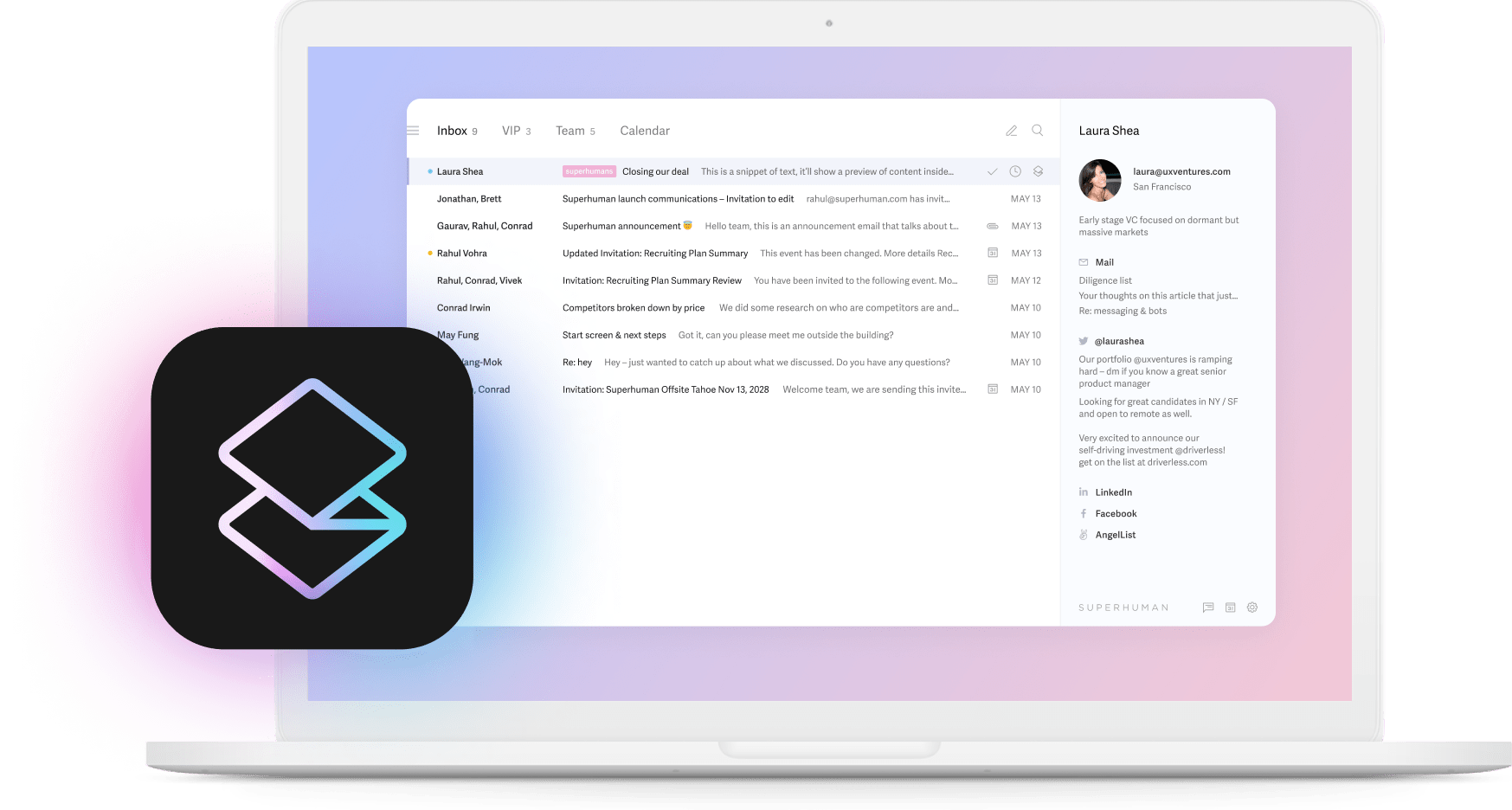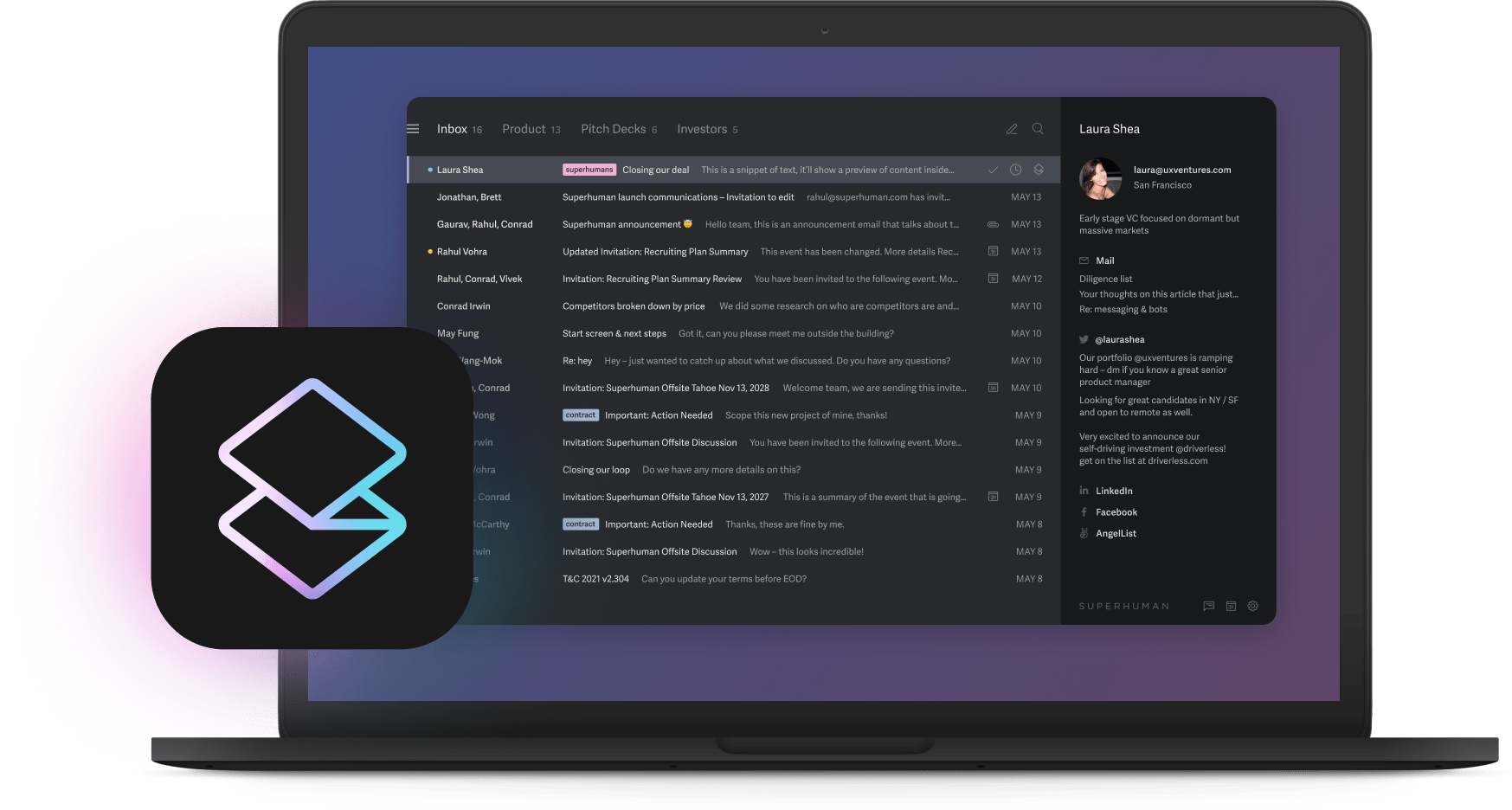
You spend ten minutes writing what you think is the perfect email. You craft every sentence. You proofread twice. You hit send and wait for a response.
Nothing happens.
Your email sits in someone's inbox like a book with a terrible cover. No one picks it up because they never get past those first few words in the subject line. Most people decide whether to open an email in less than a second. That split-second glance determines if your carefully written message gets read or deleted.
We've all been there. You send what feels like an urgent message, and it gets ignored. You follow up and wonder if your email even made it through. The problem isn't usually your message. The problem is that your subject line didn't do its job.
These email subject line statistics show you what separates emails that get opened from those that disappear. The patterns are clear once you see the data. Some approaches work consistently across different industries and audiences. Others kill your open rates, no matter how good your message is.
Why your subject line controls everything
Think of your subject line like a first impression at a networking event. You get one chance to make someone want to hear what you have to say. 47% of people decide whether to open an email based purely on the subject line. Everything else you wrote becomes irrelevant if you fail this first test.
The downside is brutal. 69% of people mark emails as spam based on the subject line alone. You don't just get ignored. You get blocked. Future emails from you might never reach their inbox at all.
This matters more when you're trying to move fast in business. Closing deals, coordinating partnerships, and getting quick decisions from busy executives. A weak subject line can kill momentum on time-sensitive opportunities. Your urgent message about a market shift becomes invisible because it looks like every other promotional email.
The data shows exactly what works and what doesn't. Once you know the patterns, writing subject lines that get opened becomes straightforward.
What works in email subject lines
Length matters more than you think
How long should your subject line be? 61-70 characters get the highest open rates. That's long enough to say something meaningful but short enough to display completely on mobile devices.
What about word count?. 2-4 words outperform longer alternatives consistently. Why? Short and punchy beats long and explanatory. "Deal Update" gets more attention than "Comprehensive Analysis of Our Quarterly Partnership Performance Metrics."
Think about it like newspaper headlines. The best ones capture your attention immediately without making you work to understand them.
Emojis work better than you'd expect
This might feel weird if you work in a conservative industry, but 39% open rates come from subject lines with emojis. That's significantly higher than plain text. Research shows that 70% effectiveness increases are possible with the right emoji usage.
The key is context. A rocket ship 🚀 works for product launches. A checkmark ✓ works for confirmations. A smiley face for quarterly earnings reports probably doesn't work unless you're in a very casual industry.
Certain words just perform better
Some words have been tested so many times that we know they work. Put "video" in your subject line and you'll see 19% more opens and 65% more clicks. People love video content, so they open emails that promise it.
The word "free" still boosts open rates by 10%. In professional contexts, "complimentary" or "included" might feel more appropriate than "free", but they tap into the same psychology.
Urgency works when it's real
Urgent subject lines increase open rates by 22%. The psychology makes sense. When something needs immediate attention, people prioritize it over emails that can wait.
The problem comes when you cry wolf. Use urgency for genuinely urgent situations. Otherwise, people learn to ignore your "urgent" emails because they know you don't really mean it.
Make it personal
Most people know personalization works. What they don't realize is how massive the opportunity still is. Personalized subject lines deliver 50% higher open rates compared to generic ones. Yet only 2% of emails include personalized subject lines.
That's a massive competitive advantage sitting there unused.
Even basic name inclusion works. Subject lines with recipient names get 18.3% open rates versus 15.7% without. That's a 16% improvement for almost no extra work.
Advanced personalization yields even stronger results. Personalized approaches increase opening probability by 26% when you include relevant details like company names, recent interactions, or shared connections. People open emails that feel specifically crafted for them.
The reason so few people do this well? It requires systems. You need to track what matters to each person and use that information consistently. But when 65% of marketers are using personalization and 77% see better results, you can't afford to ignore it.
What kills your open rates
Poor emoji usage
73% of marketers report better performance from emoji usage, but context matters enormously. If you're emailing Fortune 500 CFOs, stick to professional symbols like arrows → or checkmarks ✓. If you're in tech, a lightning bolt ⚡ for urgent updates feels natural.
Power words that drive clicks
Beyond obvious choices, some words are secretly powerful. Subject lines with "affordable" achieve the highest click-through rates at 11.17%. Even in expensive industries, people care about value.
Words that destroy performance
Some words are email poison. The word "newsletter" drops open rates by 18.7%. It signals "this can wait" or "this is promotional bulk mail." If you send regular updates, call them anything else.
Subject lines containing "guaranteed" have the highest bounce rates at 5.74%. It triggers spam filters and makes people skeptical. Use "proven," "confirmed," or "validated" instead.
Discount-based offers underperform at 38.31% in professional settings. People doing serious business care more about outcomes than savings.
Scaling good practices
The best teams create templates for common situations. Client check-ins, project updates, and partnership discussions. Templates ensure quality while allowing customization for specific situations.
Regular testing reveals what works with your specific audience. Different industries, companies, even departments respond to different approaches. Test variations systematically and build on what works.
Where email is heading
65% of marketers now use personalization regularly, so the bar keeps rising. Meanwhile, 65% of marketers say deliverability is getting harder. Email providers are becoming pickier about what they let through.
AI tools are enabling dynamic personalization at scale. Instead of manually customizing every subject line, smart tools can adapt your message based on who you're emailing and how they've responded before. This technology analyzes your previous emails to match your writing style while suggesting personalization that makes sense.
Mobile continues growing in importance. Your subject lines need to work on small screens where people make decisions in seconds, not minutes.
How to put this into practice
Start with one change and do it well. Pick length optimization, add personalization, or test different power words. Don't try implementing everything simultaneously.
Build a testing system for important email types. Try two different subject lines and measure which performs better. Track open rates, click-through rates, and responses. Create institutional knowledge about what works with your specific audience.
Establish shared guidelines so everyone benefits from what you learn. Regular training on effective and ineffective practices. Review performance monthly and adjust based on real data.
Modern AI tools can automate much of this while maintaining your authentic voice. They analyze your previous conversations to suggest subject lines that sound like you while incorporating proven tactics like personalization and optimal length. Teams using these approaches save hours every week while getting better results.
Research shows teams can save 4 hours per person every week and respond 12 hours faster when they combine data-driven subject line strategies with intelligent tools that automate tedious tasks.
Your emails are too important to leave the subject line success to chance. The competitive advantage exists because most people still write subject lines carelessly. They treat them as an afterthought instead of the most important part of their email.
Start with one improvement today. Build systematic approaches over time. Email remains central to how business gets done, and teams that master subject line effectiveness gain real advantages in an increasingly crowded digital world.





